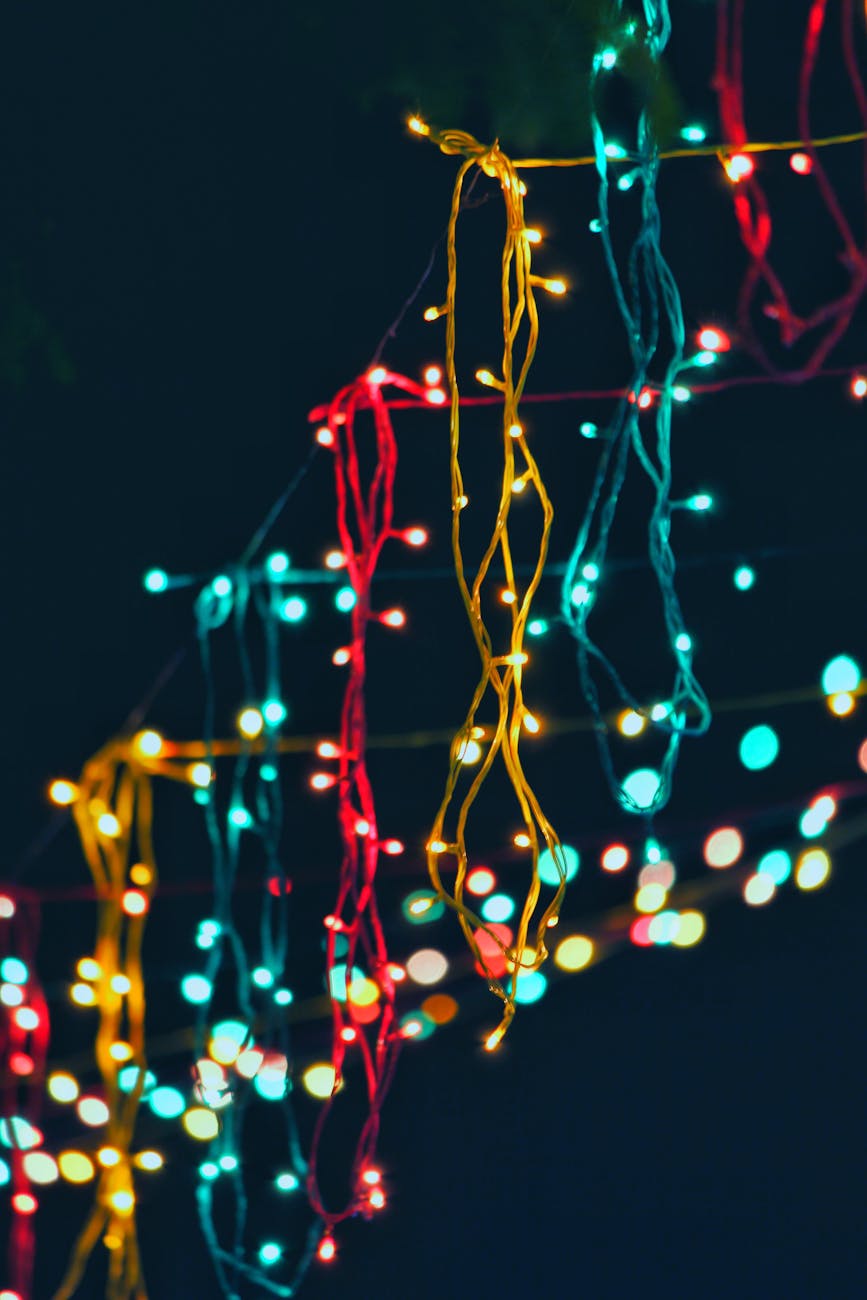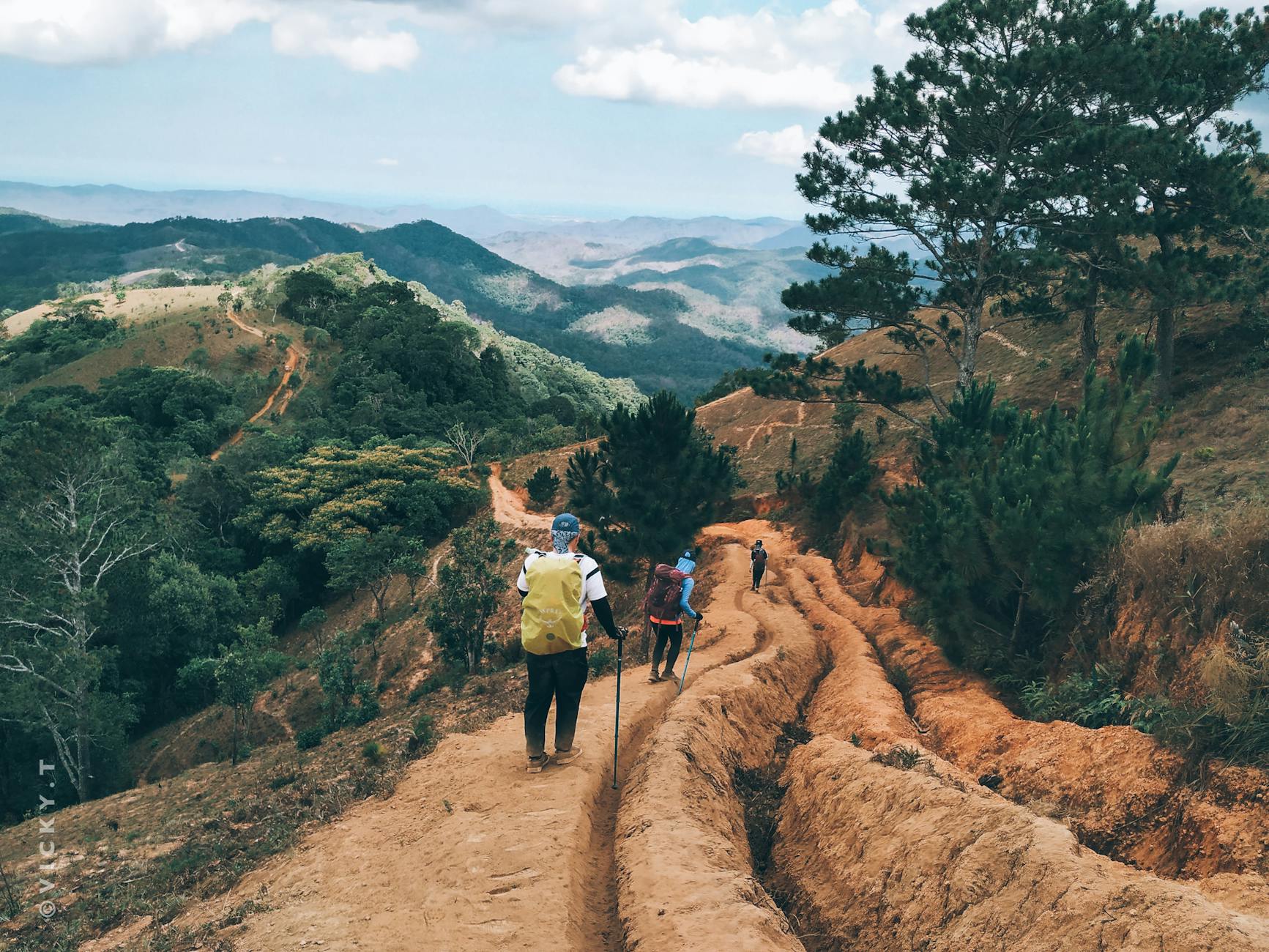The first time you witness the aurora borealis, you’ll understand why ancient civilizations wove myths around this celestial dance. Standing beneath a star-studded Arctic sky, watching ribbons of emerald light undulate across the darkness, you’ll feel simultaneously humbled and exhilarated. This isn’t just another item to check off your travel bucket list—it’s an encounter that will fundamentally change how you perceive the natural world.
The Science Behind the Magic
Before you embark on your aurora adventure, you’ll want to understand what creates this otherworldly phenomenon. The northern lights occur when electrically charged particles from the sun collide with gases in Earth’s upper atmosphere, approximately 60 to 200 miles above the surface. When these solar particles interact with oxygen, they produce the characteristic green glow that dominates most aurora displays. Higher altitude collisions create rare red auroras, while interactions with nitrogen produce blue and purple hues.
The sun’s activity follows an 11-year cycle, and you’ll have the best chances during periods of high solar activity. However, don’t let this discourage you from planning a trip during quieter solar periods—the aurora appears regularly throughout the winter months, and even a modest display can leave you breathless.
When to Chase the Lights
Your aurora hunting season extends from late September through early April, with peak viewing occurring between October and March. During these months, you’ll experience the perfect combination of long, dark nights and increased geomagnetic activity. The hours between 9 PM and 2 AM offer your best chances, though the aurora can appear at any time during complete darkness.
You’ll need to plan around the lunar cycle as well. While a full moon can illuminate the landscape beautifully, creating stunning foreground elements for photography, it can also wash out fainter aurora displays. New moon periods provide the darkest skies, making even subtle auroras more visible to your eyes.
Weather plays a crucial role in your aurora adventure. You’ll need clear skies to see the lights, so monitoring weather forecasts becomes essential. Cloud cover is your biggest enemy—the aurora could be dancing magnificently overhead, but you’ll see nothing through a thick layer of clouds.
Prime Destinations for Your Aurora Quest
Iceland: The Land of Fire and Ice
Iceland offers you some of the most accessible aurora viewing in the world. From Reykjavik, you can join guided tours or rent a car to explore the countryside. The contrast between the aurora and Iceland’s dramatic landscapes—glaciers, waterfalls, and volcanic formations—creates unforgettable scenes.
You’ll find that Iceland’s relatively mild winter climate makes it comfortable for extended outdoor viewing. The country’s tourism infrastructure is well-developed, offering everything from glass igloos to specialized aurora hotels where you can be awakened when the lights appear.
Northern Norway: Above the Arctic Circle
The Norwegian Arctic provides you with some of the most reliable aurora viewing opportunities. Tromsø, often called the “Aurora Capital,” sits directly beneath the auroral oval—the ring-shaped zone where aurora activity is most frequent. Here, you’ll experience the unique culture of the Sami people while waiting for the lights to appear.
The Lofoten Islands offer you a spectacular combination of aurora and landscape photography opportunities. Picture the green lights reflecting off fjords and illuminating traditional fishing villages—scenes that will make your friends back home question whether your photos are real.
Finnish Lapland: Winter Wonderland
Finland’s Lapland region provides you with a magical aurora experience enhanced by snow-covered forests and reindeer farms. You can stay in traditional log cabins or modern glass igloos specifically designed for aurora viewing. The Finnish approach to aurora tourism focuses on comfort and unique experiences—you might find yourself watching the lights while soaking in an outdoor hot tub or riding through the snow on a reindeer sleigh.
Northern Sweden: Pristine Wilderness
Swedish Lapland offers you some of the most remote and pristine aurora viewing locations. The Abisko National Park is famous for its “blue hole”—a section of sky that often remains clear even when surrounding areas are cloudy. You’ll experience the aurora in near-perfect darkness, far from any light pollution.
Canada’s Northwest Territories: The Great White North
Yellowknife consistently ranks among the world’s best aurora destinations. The city sits directly beneath the auroral oval, and you’ll have viewing opportunities up to 240 nights per year. The dry climate means fewer clouds, and the flat terrain provides unobstructed views of the entire sky.
Alaska: America’s Last Frontier
Fairbanks offers you excellent aurora viewing combined with American conveniences. The city’s location provides optimal viewing conditions, and you’ll find numerous tour operators offering everything from heated viewing cabins to dog sledding adventures under the aurora.
Murmansk: Russia’s Arctic Gateway
Murmansk, the world’s largest city north of the Arctic Circle, provides you with exceptional aurora viewing opportunities from October through March. This Russian port city sits perfectly positioned beneath the auroral oval, offering you some of the most reliable sightings in the world. The city’s Soviet-era architecture creates dramatic silhouettes against the dancing lights, and you’ll find the aurora season coincides with the polar night period, providing maximum darkness for optimal viewing.
Preparing for Your Aurora Adventure
Essential Gear
Your aurora expedition requires specific equipment to ensure both comfort and photographic success. Layered clothing is crucial—you’ll be standing outside in sub-zero temperatures for extended periods. Invest in quality thermal underwear, insulated boots, and waterproof outer layers. Don’t forget warm gloves that still allow you to operate your camera controls.
For photography, you’ll need a sturdy tripod capable of handling wind and cold temperatures. A wide-angle lens will help you capture the full scope of aurora displays, while a remote shutter release prevents camera shake during long exposures. Bring extra batteries—cold weather drains them quickly.
Physical and Mental Preparation
Aurora hunting requires patience and persistence. You might spend several nights scanning the sky before witnessing a spectacular display. Prepare yourself mentally for the possibility of cloudy skies or low aurora activity. Remember that even a brief, subtle aurora is worth the wait.
The cold can be intense, especially if you’re not accustomed to Arctic conditions. Gradual acclimatization helps, but more importantly, maintain a positive attitude. Some of the most memorable aurora experiences happen when conditions seem least promising.
Rare Southern Sightings: When the Aurora Ventures South
While the aurora typically remains within the Arctic Circle, during periods of intense geomagnetic activity, you might witness this phenomenon much farther south than expected. These rare events create some of the most memorable aurora experiences precisely because of their unexpected nature.
Vancouver, Canada: Pacific Coast Surprise
Vancouver occasionally experiences aurora displays during major geomagnetic storms, typically appearing as a faint green glow on the northern horizon. If you’re visiting Vancouver during high solar activity periods, particularly around the solar maximum, you might catch a rare display over the city’s mountains. The aurora appears most clearly from elevated locations like Queen Elizabeth Park or the North Shore mountains, where city lights don’t interfere with the view.
England: Unexpected Northern Lights
Northern England, particularly areas around the Lake District and Yorkshire Dales, can experience aurora displays during strong geomagnetic storms. You’ll have the best chances during winter months when nights are longest and skies are darkest. The aurora typically appears as a green arc along the northern horizon, though rarely with the intensity seen in Arctic regions. English observers often capture these displays photographically even when they’re too faint to see clearly with the naked eye.
Scotland: Highland Aurora
Scotland offers you some of the most reliable aurora viewing outside the Arctic Circle. The Scottish Highlands, particularly areas around the Cairngorms and the Isle of Skye, regularly host aurora displays during periods of moderate to high geomagnetic activity. You’ll find that Scotland’s northern latitude (similar to southern Alaska) places it within reach of the auroral oval during expansion events. The dramatic Highland landscape provides stunning foreground elements for aurora photography, with ancient castles and lochs reflecting the dancing lights.
Understanding Aurora Forecasts
You’ll become intimately familiar with aurora forecasting websites and apps during your trip. The KP index measures geomagnetic activity on a scale of 0-9, with higher numbers indicating stronger aurora activity. However, you can see auroras even during low KP periods if you’re positioned correctly under the auroral oval.
Solar wind speed and density also influence aurora activity. Websites like Space Weather Live and Aurora Forecast provide real-time data to help you plan your viewing sessions. Many apps send notifications when conditions improve, allowing you to venture out at optimal times.
Photography Tips for Capturing the Aurora
Photographing the aurora requires different techniques than typical landscape photography. You’ll use manual camera settings, typically starting with ISO 800-3200, aperture f/2.8-f/4, and shutter speeds between 8-25 seconds. Longer exposures blur the aurora’s movement, while shorter exposures might not capture enough light.
Focus on infinity or use live view to focus on bright stars. The aurora moves constantly, so you’ll need to adjust your composition frequently. Include foreground elements like trees, buildings, or landscapes to add depth and context to your images.
Beyond Photography: Experiencing the Aurora
While capturing the perfect aurora photograph is rewarding, don’t let your camera become a barrier to experiencing the phenomenon. Take time to simply watch and appreciate the lights. You’ll notice subtle movements, color changes, and patterns that photographs can’t fully capture.
The aurora often appears suddenly and can disappear just as quickly. Some displays last only minutes, while others continue for hours. Each aurora is unique—you might see gentle curtains of light, explosive coronas directly overhead, or rare red auroras that seem to set the entire sky ablaze.
Cultural Connections
Your aurora adventure connects you to centuries of human culture and mythology. The Sami people of northern Scandinavia believed the aurora was the energy of the departed. Norse mythology described the lights as reflections from the armor of the Valkyries. Finnish folklore tells of the firefox running so fast across the snow that its tail swept up flakes, creating the aurora.
These cultural perspectives add depth to your aurora experience. When you see the lights dancing overhead, you’re witnessing the same phenomenon that inspired countless generations of storytellers, artists, and dreamers.
Planning Your Return
After your first aurora experience, you’ll likely start planning your return trip before you’ve even left. Each aurora destination offers unique advantages, and seasonal variations mean every trip provides different experiences. Some travelers become aurora chasers, returning annually to different locations around the auroral oval.
Consider extending your trips to include other Arctic activities. Dog sledding under the aurora, staying in ice hotels, or learning about indigenous cultures enhances your overall experience. Many aurora destinations offer these activities, creating comprehensive Arctic adventures.
The Lasting Impact
Your aurora encounter will linger in your memory long after you’ve returned home. You’ll find yourself checking aurora forecasts for your home location, hoping for rare displays at lower latitudes. You’ll share your experience with friends and family, but you’ll also realize that photographs and words can’t fully convey the emotional impact of witnessing this natural phenomenon.
The aurora teaches patience, respect for nature, and the value of persistence. These lessons extend beyond travel, influencing how you approach challenges in daily life. You’ll carry the memory of standing beneath the dancing lights, feeling simultaneously connected to the cosmos and grounded in the moment.
Your aurora adventure awaits. Bundle up, charge your camera batteries, and prepare for an experience that will redefine your understanding of natural beauty. The lights are dancing—you just need to be there to witness them.
Disclaimer
Aurora viewing is inherently unpredictable and depends on solar activity, weather conditions, and location. This article provides general guidance only, and individual experiences may vary significantly. Always check current conditions and travel advisories before planning your trip, and ensure you have appropriate gear for cold weather activities.



